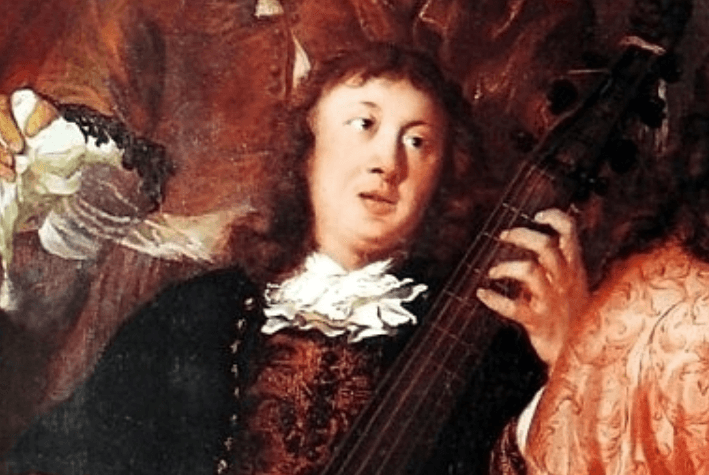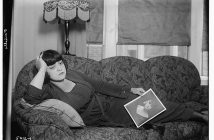¿Quién fue Dieterich Buxtehude? Información sobre la biografía, historia de vida, obras y estilo del organista y compositor alemán nacido en Dinamarca Dieterich Buxtehude.

Dieterich Buxtehude (Fuente : wikipedia.org)
Dieterich Buxtehude; (c. 1637-1707), organista y compositor nacido en Dinamarca de la escuela del norte de Alemania. Dietrich (danés, Diderik) Buxtehude probablemente nació en Helsingor. Estudió órgano con su padre y más tarde quizás con Johann Theile, alumno de Heinrich Schütz. Se convirtió en organista en St. Mary’s, Hälsingborg, Dinamarca (ahora en Suecia), en 1657; en St. Mary’s en Helsing0r en 1660; y en la Marienkirche de Lübeck (Alemania) en 1668. Ocupó este último cargo, junto con el de Director Musices (director musical), hasta su muerte, en Lübeck, el 9 de mayo de 1707. Como director Buxtehude presentó el famoso Abendmusiken anual, Conciertos de Adviento a los que asistieron compositores como Bach y Handel.
Obras.
Of Buxtehude’s more than 250 known works, almost 100 are for organ; these include preludes, fugues, toccatas, chaconnes, canzoni, a passacaglia, and chorale preludes, fantasies, and variations. The vocal works, numbering more than 120, include more than 100 solo and choral cantatas, as well as hymns, an oratorio, a Missa Brevis, a Magnificat, and large-scale festive works (notably the Benedicam Dominum for two vocal and three instrumental choirs). Buxtehude’s chamber music includes 19 suites and 14 sonatas for strings and harpsichord continuo.
Style.
Buxtehude’s works are usually multi-sectional. They employ contrasts of timbre, of meter, of instruments and voices, and of contrapuntal, chordal, and improvisational textures, but they are often integrated by repetitions or transformations of themes. His musical lines conform to his texts, which are in both Latin and German, but their rhythms are more regular than those characteristic of early baroque style.
Buxtehude’s music is not primarily melodic. Its strength lies in dynamic harmonies generated from a highly active bass line, within a major-minor tonal system reinforced by modulation. His organ style is notable for virtuoso pedal lines, for exploitation of the organ’s sonority, and for the development of an abstract (absolute) instrumental style, particularly in the chaconnes and the passacaglia.
Buxtehude’s Influence.
Las obras abstractas para órgano de Buxtehude fueron modelos para Bach, quien transformó las formas discontinuas de Buxtehude en el apogeo de la integración formal y temática. De Buxtehude, Bach también absorbió técnicas para combinar voces e instrumentos en cantatas y oratorias. Finalmente, la organización fuertemente tonal de Buxtehude y el uso de modulaciones ayudaron a crear la base estructural para las monumentales obras sagradas del período barroco tardío que le siguió.


